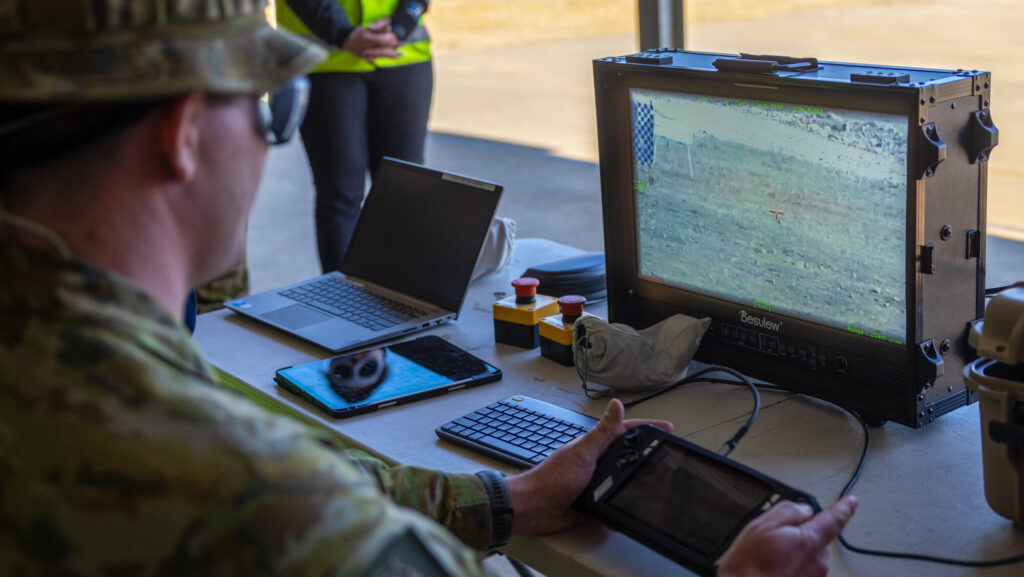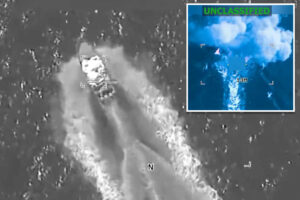
Australia has initiated a significant advancement in counter-drone technology by awarding contracts worth a total of $16.9 million AUD (approximately $11.2 million USD) to eleven companies. This move follows an earlier tender invitation for the rapid acquisition of counter-Unmanned Aircraft Systems (c-UAS) capabilities, marking a critical step for the Australian Defence Force (ADF).
During an event showcasing drone racing in Canberra, Australian Minister for Defence Industry Pat Conroy announced that this funding will facilitate the introduction of advanced threat detection and drone-defeating platforms into service. “This will see some of the world’s most capable threat detectors and drone-defeating platforms rapidly be introduced into service by the ADF,” Conroy stated.
Details of the Contracts and Technologies
The contracts are part of Project Land 156, aimed at enhancing Australia’s defensive capabilities against small unmanned aerial systems. Following rigorous testing, the program is expected to incorporate at least 120 technologies, including solutions from five Australian firms. The systems being developed will utilize high-energy lasers, radio frequency jamming, and ammunition-based technologies to neutralize drone threats effectively.
While the specific companies awarded the contracts have not been disclosed, Conroy highlighted DroneShield as an example, noting its provision of the Drone Gun Mk 4 and RF Patrol system. These systems offer lightweight detection and handheld jamming capabilities to disrupt drone operations.
The initiative comes amidst a global surge in drone technology investments. In the United States, for instance, Defense Secretary Pete Hegseth recently mandated that every U.S. Army squad must be equipped with small, one-way attack drones by the end of fiscal year 2026. In response, the Albanese administration has revealed plans to invest around $10 billion AUD in drone technologies over the next decade.
Comprehensive System Integration and Future Plans
The c-UAS program envisions a comprehensive framework that will integrate electro-optic, active and passive radars, as well as acoustic and thermal sensors. This will be connected to a Command and Control (C2) system that will facilitate coordinated responses to drone threats. Additionally, the program seeks to engage a systems integration partner to manage the acquisition process, ensuring that the c-UAS systems are effective against NATO Class 1 and 2 standard air vehicles weighing up to 24 kilograms (approximately 53 lbs).
The Department of Defence has promised that the capabilities will be continually upgraded to address evolving small UAS threats. In the coming months, further announcements regarding additional counter-drone acquisitions under Project Land 156 are anticipated. This includes contracts for command-and-control capabilities and advanced counter-drone sensors and effectors.
The procurement process is being led by the Defence Department’s Electronic Warfare and Intelligence Systems Branch, which operates within the Capability Acquisition and Sustainment Group. Furthermore, Australia’s Advanced Strategic Capabilities Accelerator (ASCA) is progressing initiatives to counter medium-sized drones and swarms, thereby enhancing the operational potential of the c-UAS program.
As Australia embarks on this ambitious path to strengthen its drone defense capabilities, the focus remains on ensuring that the ADF is equipped with the best technology available to meet emerging threats in the ever-evolving landscape of aerial warfare.






